Content
1. Dry brushing vs. wet brushing: Which is better for you?
(1) Dry brushing
Best time: 5-10 minutes before showering (to promote lymphatic circulation).
Technique:
Gently brush from the extremities toward the heart (e.g., feet → legs → abdomen).
Avoid circular friction and use long, smooth, straight or slightly curved movements.
Applications:
Improve cellulite
Promote blood circulation
Exfoliate (suitable for thicker skin areas, such as knees and elbows)
(2) Wet brushing (with shower gel/scrub)
Best time: Use in the shower, after the skin is wet.
Technique:
Use a mild shower gel and brush gently in small circles (avoid excessive force).
Focus on areas prone to dead skin cellulite accumulation, such as the back and buttocks.
Applications:
Deep cleansing of pores
Preventing back acne
2. Frequency of use and time control
(1) Recommended frequency for different skin types
|
Skin Type |
Dry Brushing Frequency |
Wet Brushing Frequency |
|
Sensitive Skin |
1-2 Times Per Week |
2-3 Times Per Week |
|
Normal Skin |
3-4 Times Per Week |
Once every other day |
|
Oily/thick skin |
Daily (short-term) |
Daily |
(2) Duration of single use
Dry brushing: Brush each body part for 10-15 seconds, and no more than 5 minutes for the whole body.
Wet brushing: 5-10 seconds for each area, avoid rubbing the same area for a long time.
3. 5 taboos to avoid skin damage
- Taboo 1: Use on damaged/inflamed skin
Do not brush acne, eczema, or sunburned areas to avoid infection or worsening inflammation.
- Taboo 2: Use too much force
Correct strength: Slight redness of the skin is sufficient. If stinging or blood streaks occur, stop immediately.
- Taboo 3: Not moisturizing after brushing
After dry brushing/wet brushing, you must apply body lotion or essential oil to prevent dryness and peeling.
- Taboo 4: Use with acidic skin care products
Avoid using fruit acid (AHA/BHA) or vitamin C products after brushing to avoid irritation.
- Taboo 5: Sharing with others
Bath brushes are prone to breeding bacteria. It is recommended that you use them for personal use and clean and dry them regularly.
4. Cleaning and Maintenance of Bath Brushes
(1) Cleaning Methods
Natural bristle brushes: Gently rub with warm water and a small amount of shampoo, and dry in the shade (do not expose to direct sunlight).
Wooden handles: Wipe with a damp cloth, avoid soaking for long periods of time to prevent cracking.
(2) Storage Recommendations
Store in a hanging or upside-down position, keeping the bristles ventilated and dry to prevent mold growth.
Golden Rules for Safe Bath Brush Use the Right Bristles (sensitive skin → soft bristles, oily skin → medium-hard bristles).
Dry brushing: Use centripetal strokes, wet brushing: Use circular strokes (the technique determines the effect).
Control the frequency and duration of brushing (avoid over-exfoliation).
Moisturize after brushing (lock in moisture and repair the barrier).
Clean the brush regularly (to prevent bacterial growth).


 En
En
 English
English Français
Français
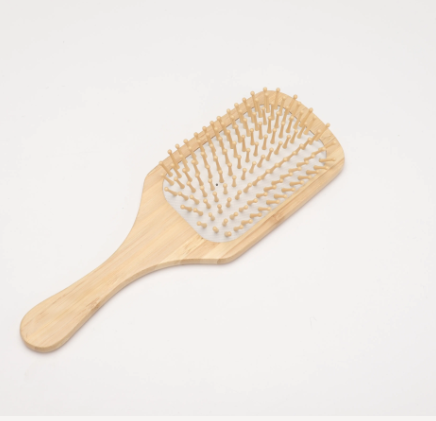
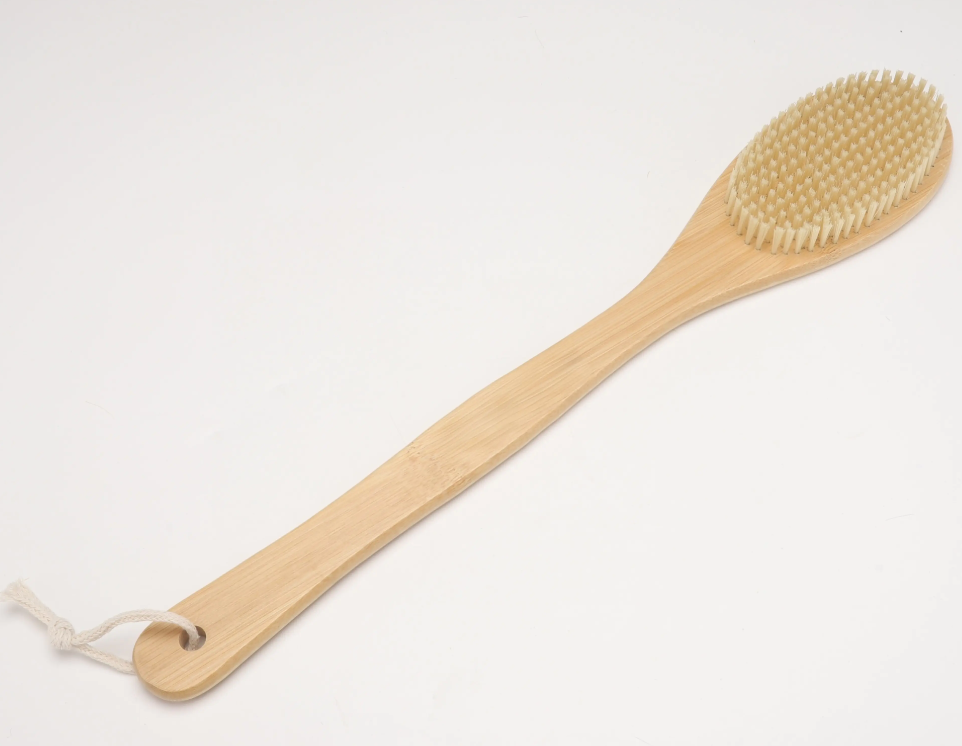
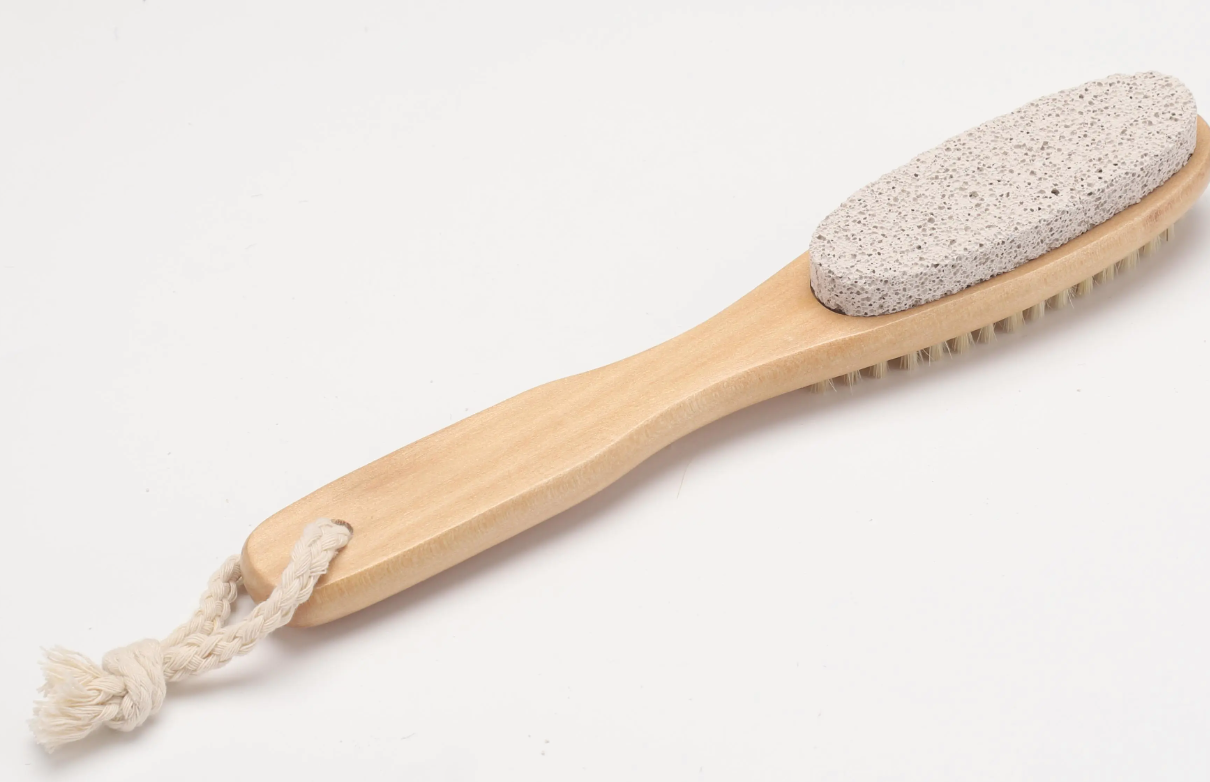
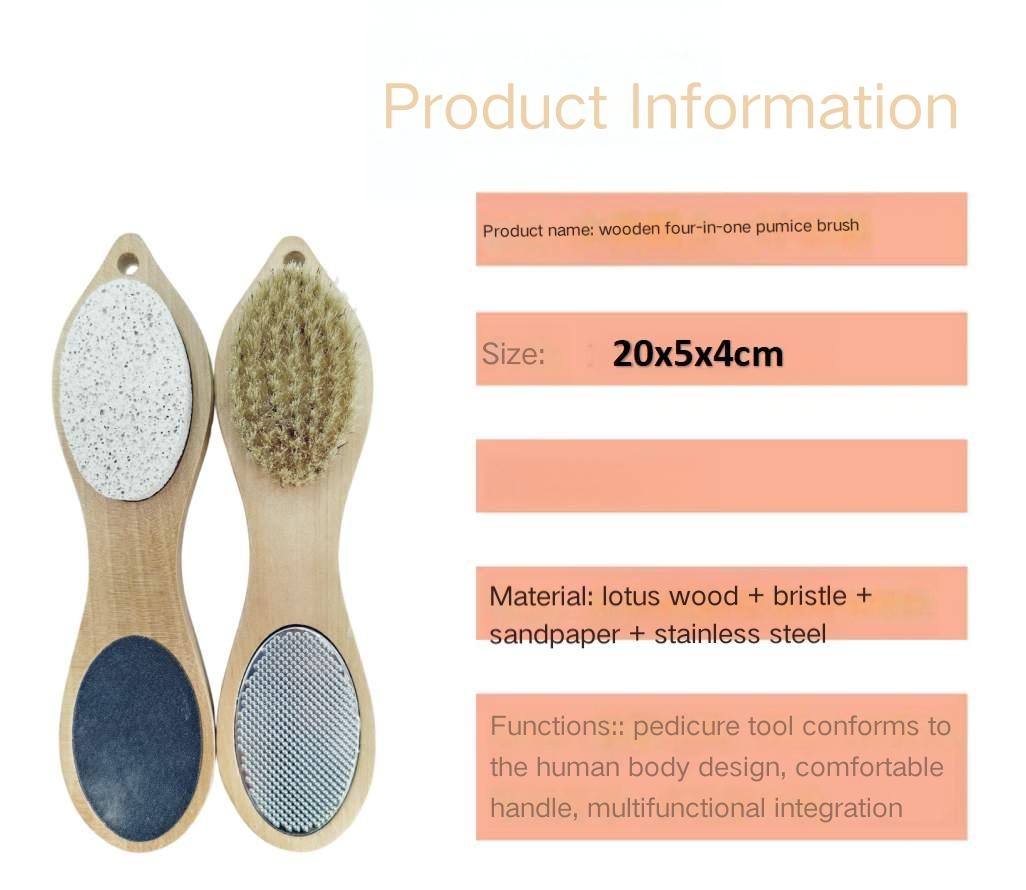
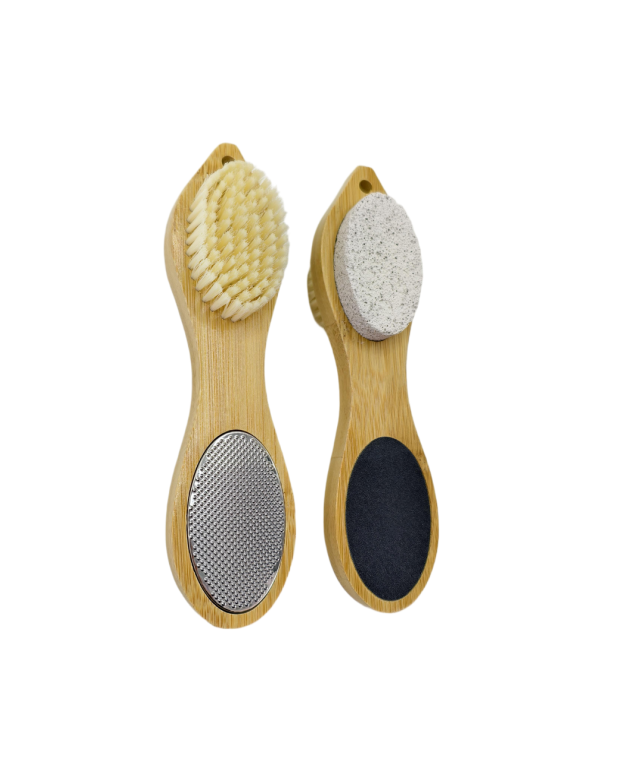

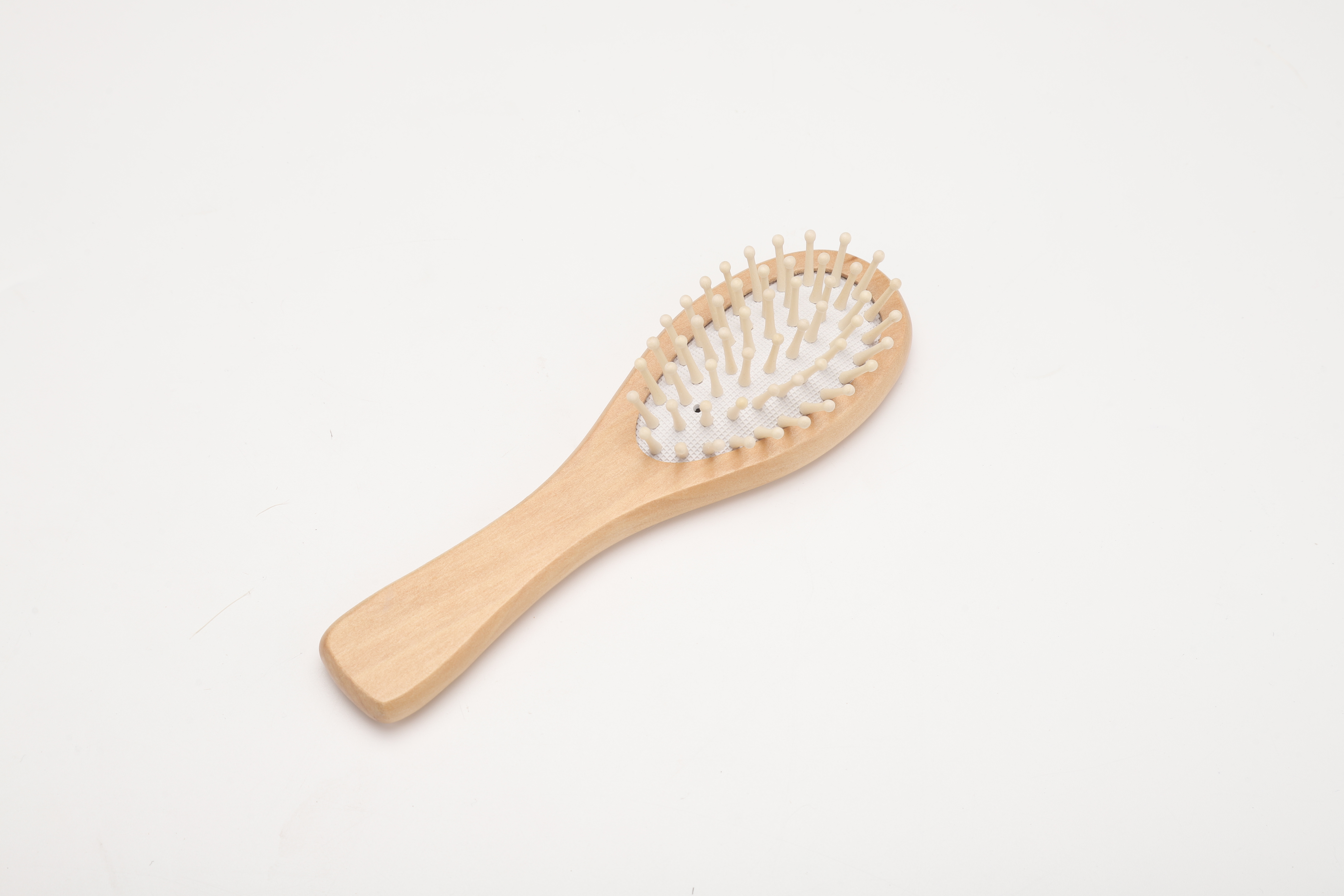
.png)
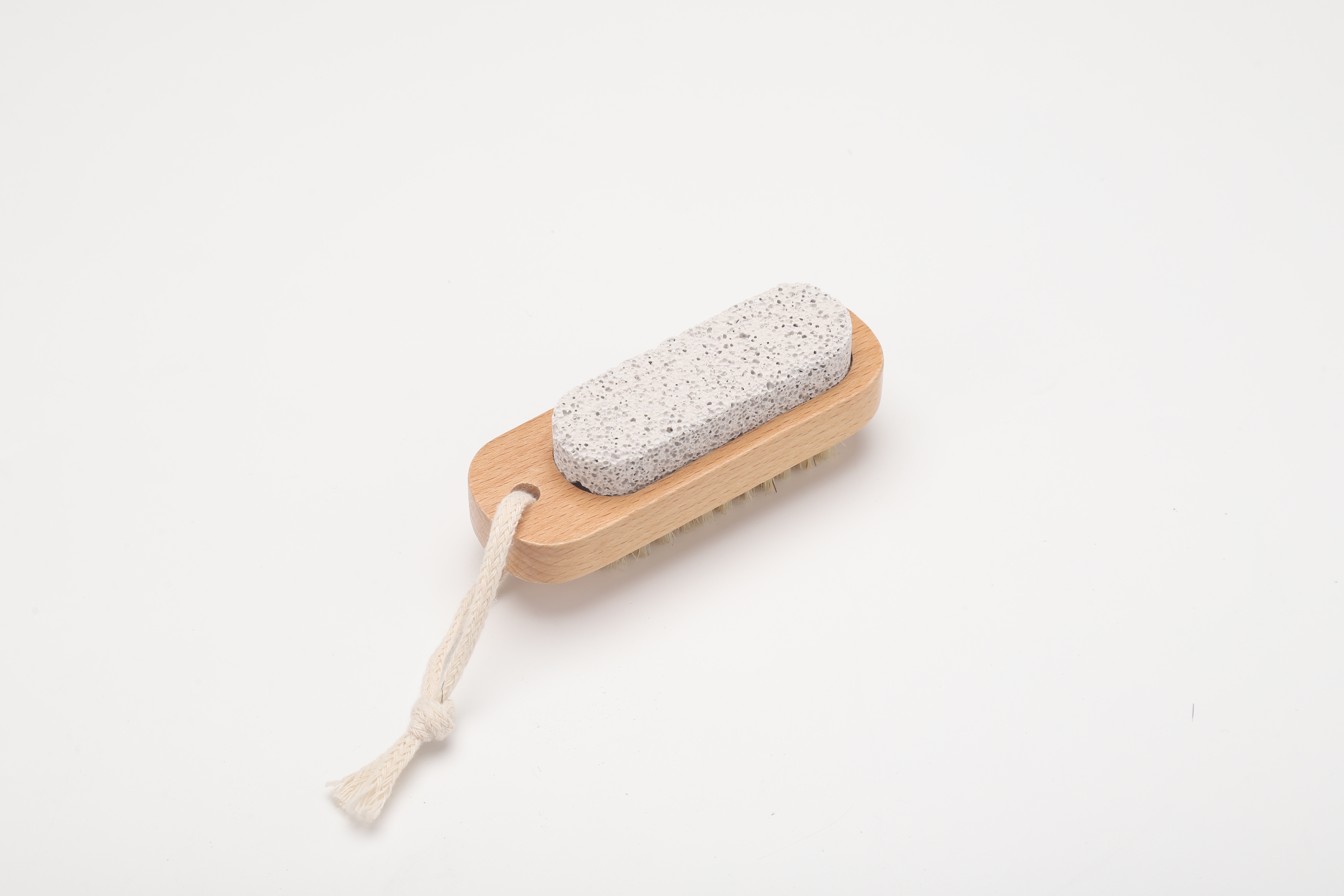

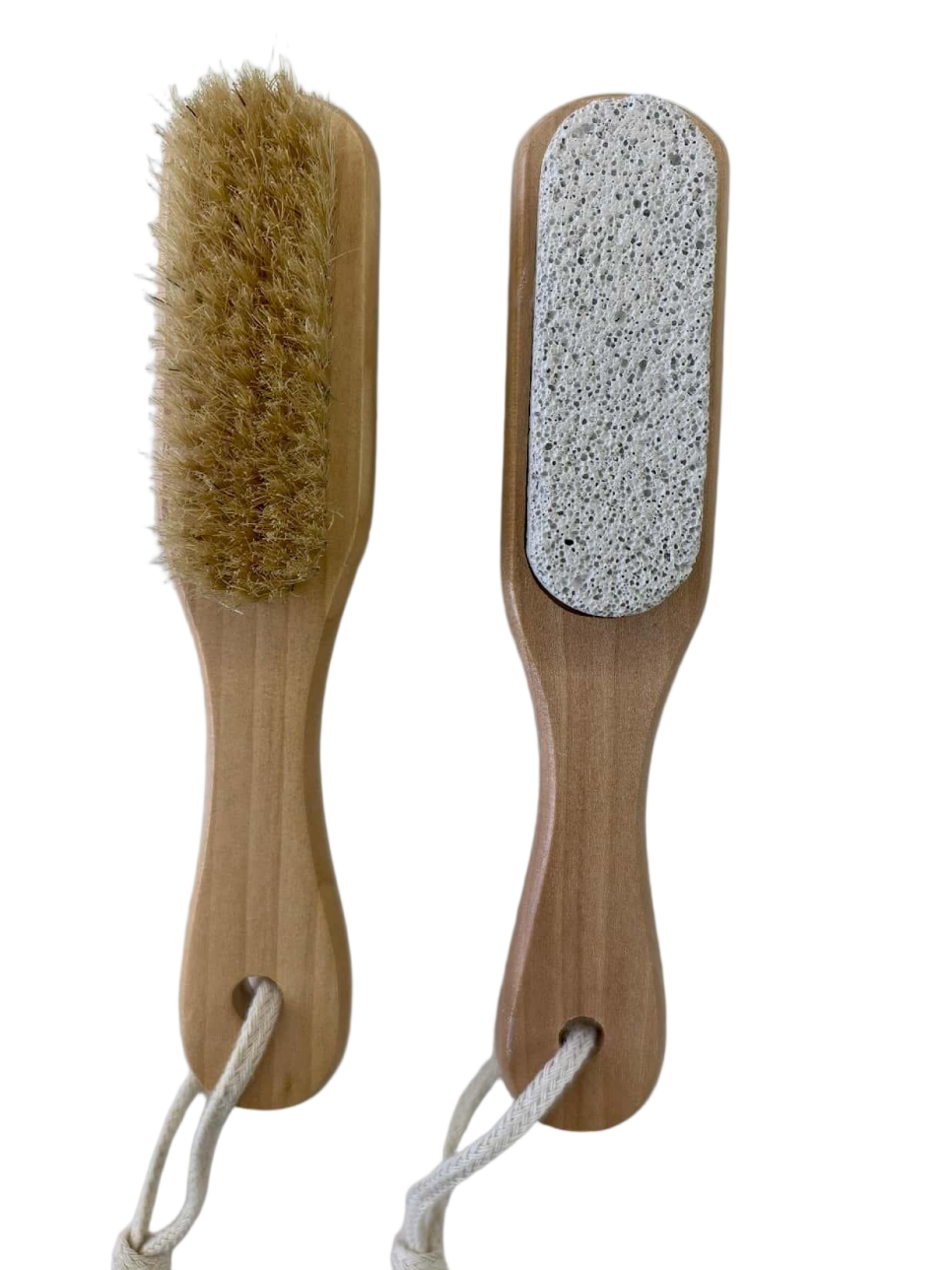
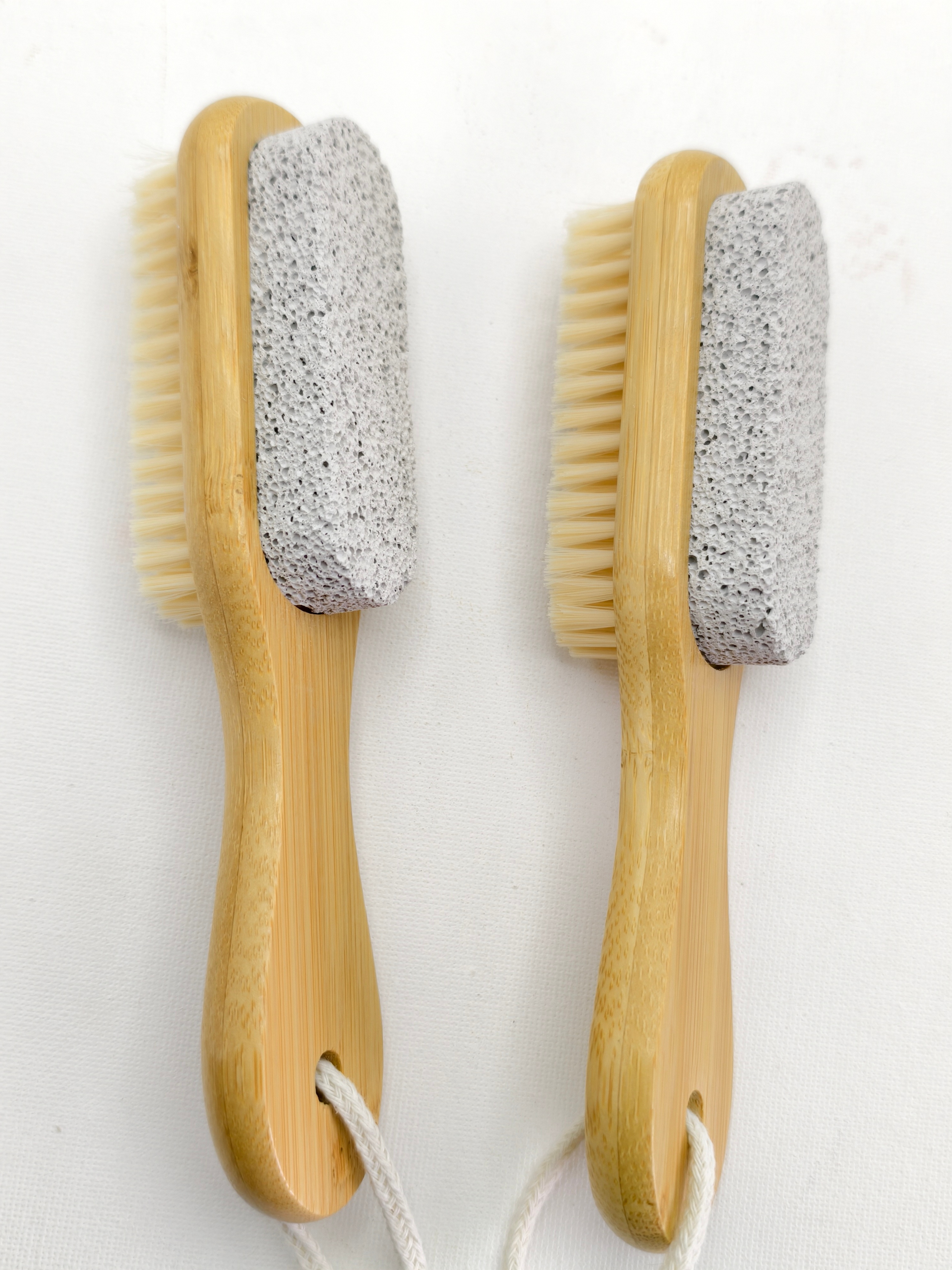
.jpg)
.jpg)





